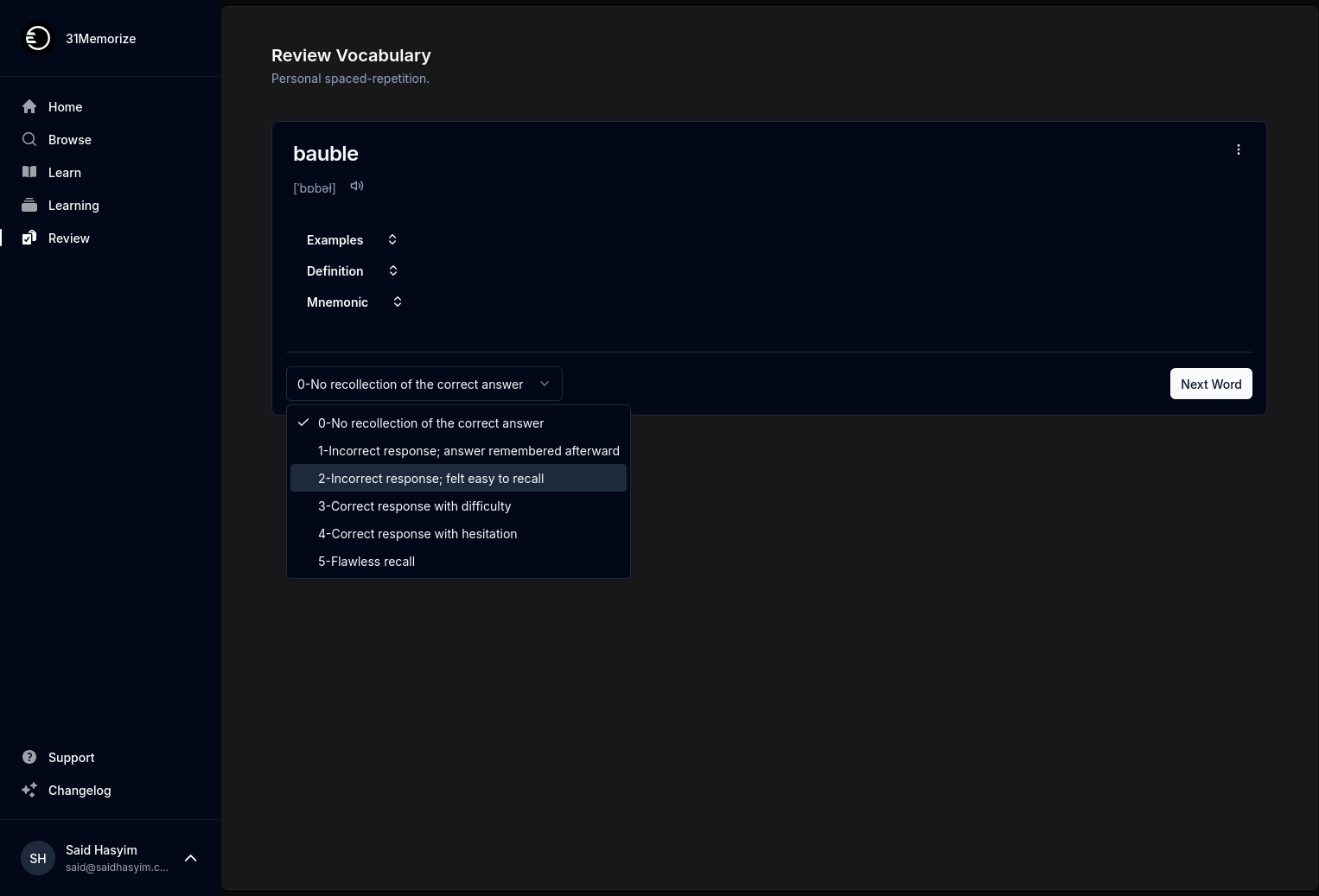Discovering Reader Preferences Through Ratings
In today’s digital age, where content consumption is at an all-time high, the way readers engage with written material has transformed dramatically. With the rise of e-books, online articles, and blogs, understanding reader preferences has become more crucial than ever. One of the most effective tools for gauging these preferences is the rating system. In this blog post, we will delve into how ratings can illuminate reader preferences and enhance the experience for both writers and readers.
The Importance of Reader Preferences
Understanding what resonates with readers is essential for anyone involved in the writing process, from authors and publishers to content creators and marketers. Reader preferences are not just about what a particular audience enjoys; they reflect broader trends in culture, society, and technology. Discovering these preferences can lead to:
- Targeted Content Creation: When writers understand what types of content or genres resonate with audiences, they can tailor their work to meet these demands.
- Improved Reader Engagement: Knowing what readers love allows for more meaningful interactions, whether through comments, shares, or discussions.
- Informed Marketing Strategies: For publishers and marketers, insights into reader preferences can guide marketing campaigns, ensuring they reach the right audience with the right message.
- Personalized Recommendations: For readers, understanding preferences leads to better recommendations, enhancing their reading experience.
How Ratings Reflect Reader Preferences
Ratings serve as a quick and accessible method for readers to express their opinions about a piece of content. These ratings can take various forms - from star ratings and thumbs up/down to written reviews - and they play a pivotal role in shaping reader preferences. Here’s how:
1. Quantitative Insights
Star ratings provide a straightforward way to quantify reader sentiment. For instance, a book receiving a 4.5-star average rating clearly indicates a strong positive reception. By analyzing the distribution of ratings, content creators can determine which aspects of their work are well-received versus those that may need improvement.
2. Qualitative Feedback
Alongside numerical ratings, readers often leave reviews. These qualitative insights can be goldmines for discovering what specifically resonated with readers. Perhaps a particular character development captivated an audience, or a unique narrative style struck a chord. By paying attention to this feedback, writers can refine their craft and better meet the desires of their readership.
3. Trends Over Time
Studying ratings over time can reveal shifting reader preferences. For example, if ratings for a specific genre begin to rise, it may indicate a burgeoning interest. Writers can capitalize on these trends to produce content that aligns with current reader appetites while also exploring new niches.
4. Comparative Analysis
Ratings allow for comparison between different works within the same genre or category. By examining which titles consistently garner high ratings and which do not, writers can identify elements that contribute to success. This comparative analysis can guide future writing endeavors, ensuring that new creations resonate with similarly successful elements.
Understanding Demographics Through Ratings
Reader ratings can sometimes provide demographic insights revealing broader patterns in reader behavior. This information can come from various sources, such as age, gender, geographic location, and reading habits. Understanding the demographics behind ratings can offer several advantages:
Tailoring Content: Knowing the demographic makeup of readers who favor certain ratings can help writers tailor their content to meet demographic preferences. For instance, younger readers might gravitate toward technology-focused narratives, while older audiences may prefer historical fiction.
Promoting Diversity: By analyzing ratings across diverse works, writers can identify gaps in representation and explore themes that appeal to underrepresented groups, enriching the literary landscape.
Adapting Marketing Techniques: Marketers can utilize demographic insights from ratings to tailor their outreach efforts, ensuring targeted campaigns reach and resonate with specific groups.
The Double-Edged Sword of Ratings
While ratings offer valuable insights, they also come with challenges. Negative ratings, for instance, can be disheartening for writers and may not always accurately represent the work’s quality. Similarly, the phenomenon of ‘review bombing’—where individuals deliberately give low ratings—can skew perceptions and misrepresent reader preferences.
To navigate these challenges:
Focus on Patterns, Not Outliers: Individual ratings and reviews can be subjective. Writers should look for overarching patterns rather than be disheartened by a few negative comments.
Use Multi-Faceted Metrics: Combine ratings with additional metrics, such as reader engagement or shares, to get a clearer picture of reader preferences.
Engage with Readers: Responses to reviews and ratings can create dialogue that further clarifies preferences and fosters a sense of community.
Conclusion
Discovering reader preferences through ratings is an integral component of the modern writing landscape. By harnessing the power of ratings to gain insights, writers can craft engaging, relevant, and impactful content tailored to their audiences. Understanding these preferences leads to enriched reading experiences, satisfied readers, and successful writers.
As the literary world continues to evolve, keeping a pulse on reader ratings will remain essential. By embracing this data-driven approach, you’ll be better equipped to meet the needs of your readers and contribute meaningfully to the ever-changing tapestry of literature.
Remember, every rating tells a story, and by listening attentively, you can create narratives that resonate deeply with your readership. So, whether you’re a seasoned author, a budding novelist, or a curious reader, let the journey of discovering preferences through ratings guide you toward engaging storytelling and connection. Happy reading and writing!
